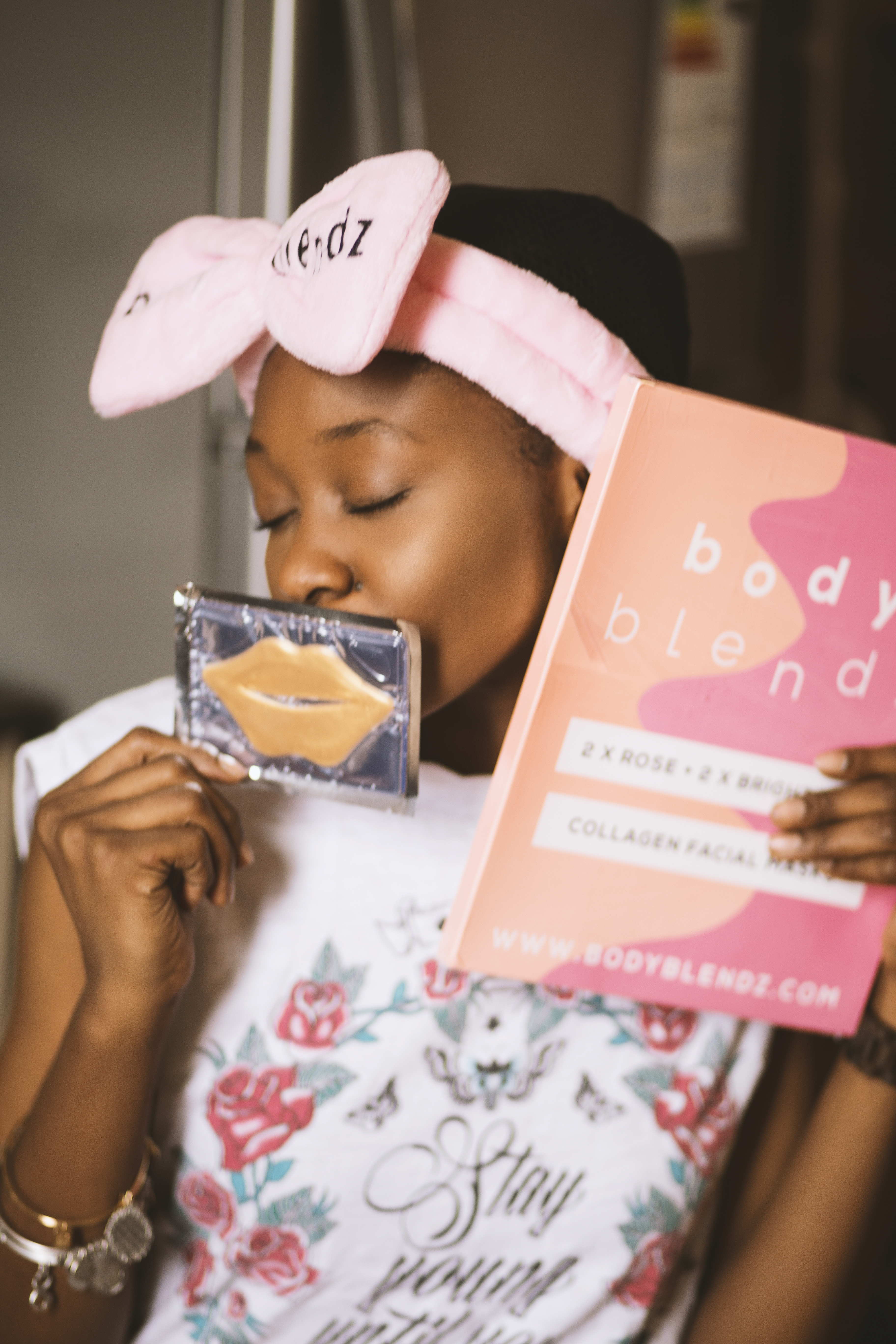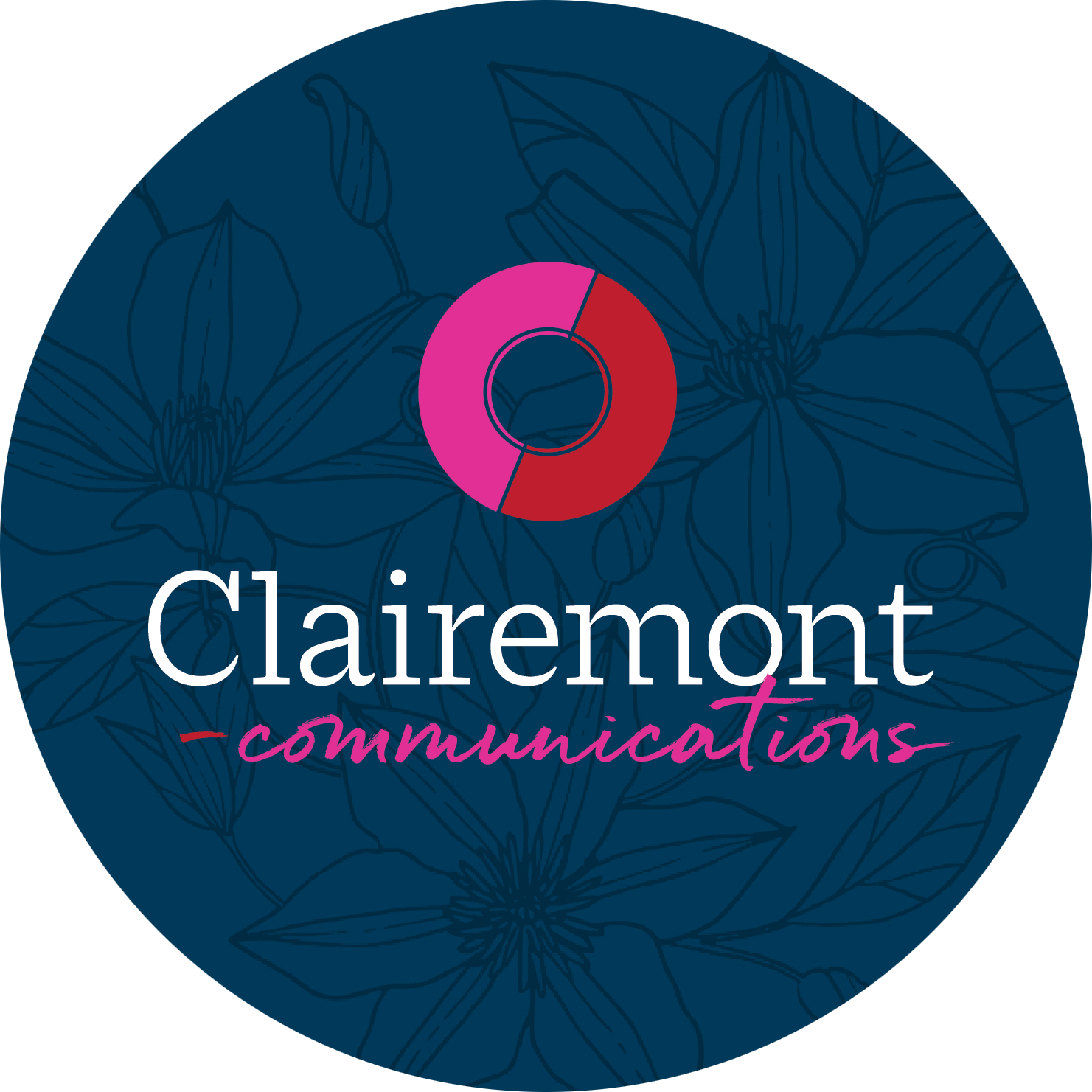Long before 2018 was dubbed “The Year of the Influencer,” brands were tapping celebrities to peddle their products for a fine fee. Turns out, a recognizable face could persuade the masses to try a new item or even switch their loyalty to a new brand. But it’s no big secret that looks and style have always had selling power.
In today’s social-media-soaked world, Andy Warhol’s famous words – “In the future, everyone will be world-famous for 15 minutes” – have never rang more true, largely thanks to Instagram.
When Instagram launched in the fall of 2010 (only eight years ago!), the possibilities were limited. People who didn’t have an iPhone couldn’t access it, so its user network was low. But even as its numbers grew, Instagram’s content retained a real-ness. People were sharing snaps from their life that were authentic, in real time and even a bit – gasp – unplanned. Now, nearly nine years later, 1 billion people are using Instagram all over the world. And each day, or so it seems, the platform is churning out hundreds of influencers for you to discover. That’s a lot of curated content. In fact, no longer is there just one type of influencer. The group is divided into categories. You have your influencer (50,000+ followers), your micro influencer (10,000-50,000 followers) and now the nano influencer.
The nano influencer is the newest wave of ‘Gram groupies. They represent the “normal” everyday consumer who keeps a small group of 1,000 to 5,000 followers. The key to nano influencers is their authenticity. Because they keep their community selective, they tend to be more trusted by their followers. That trust and relatable-ness can compel consumers to buy. In a New York Times article that was published last year, it was suggested that it’s the “lack of fame” that makes nano influencers so approachable. When they recommend a product or brand on Instagram, it feels like a recommendation from a friend.

And big brands have taken notice. Kate Edwards, the COO of social marketing technology startup, Heartbeat, recently shared with Forbes that “brands are moving away from influencers and celebrities, and more towards recognizing the voices of everyday consumers.”
And that’s just it. These nano influencers have only slightly curated feeds. They don’t require drawn out contracts. And they don’t use middleman managers to communicate. But most of all, they look a lot like, well … you. Their lifestyle is reachable; their word is reputable. In short, they’re real.
While it might look that Instagram did to authenticity what the digital camera did to candid photos, we do seem to be searching for a return to realism. And that’s refreshing. So the next time you’re scouring the “search” tab for new people to follow, consider on-boarding some nano influencers into your feed. Their content is sure to be inspiring in a much-needed fresh and relatable way.
Want to explore an influencer program for your brand? Drop us a line!


